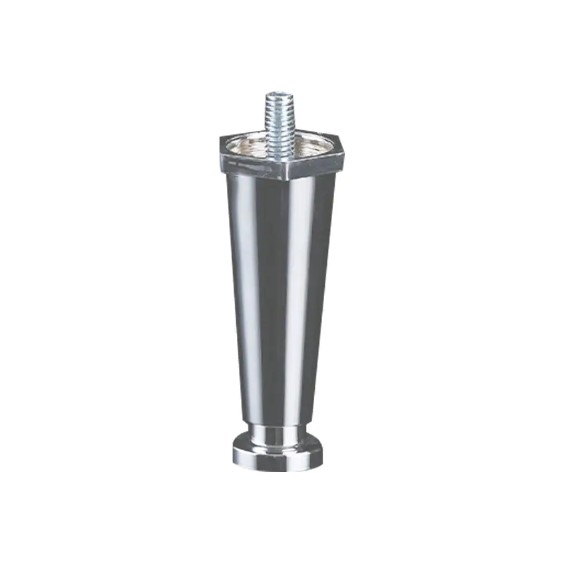Ensuring safety in commercial kitchen environments is paramount, and selecting the right table legs for kitchen food equipment tables is a critical aspect of maintaining a safe workplace. Table legs provide the foundation and support for tables that may be holding heavy equipment, appliances, or food items, and their stability and security are essential to prevent accidents, injuries, and damage to property. When considering the safety features of kitchen food equipment table legs, several factors should be taken into account to ensure optimal performance and minimize risks.
First and foremost, sturdy construction is fundamental to the safety of table legs. Choosing table legs made from durable and robust materials, such as stainless steel, aluminum, or heavy-duty plastics, ensures that they can withstand the rigors of daily use in a commercial kitchen environment. Sturdy construction provides the strength and stability needed to support heavy loads without compromising structural integrity.
Non-slip feet or rubber pads at the bottom of table legs are essential safety features that help prevent the table from sliding or shifting during use. Non-slip feet provide traction and grip on various floor surfaces, reducing the risk of accidents caused by unintended movement. In busy kitchen environments where spills and moisture are common, non-slip feet help maintain stability and prevent slips and falls.
Leveling mechanisms are another important safety feature to consider when selecting table legs for kitchen food equipment tables. Tables with leveling feet or adjustable leg pads allow users to compensate for uneven surfaces or sloping floors, ensuring stability and preventing wobbling. Properly leveled tables reduce the risk of spills, accidents, and equipment damage, creating a safer working environment for kitchen staff.
Smooth edges and corners are essential safety features that help prevent injuries from accidental bumps or collisions. Tables with rounded or smoothed edges and corners minimize the risk of cuts, bruises, or other injuries, particularly in fast-paced kitchen environments where staff members may be moving quickly or handling equipment. Smooth edges also contribute to the overall comfort and ergonomics of the workspace.
Weight capacity rating is another critical consideration when assessing the safety of table legs. Tables with a higher weight capacity are better equipped to support heavy equipment, appliances, or food items safely. It is essential to select table legs that can adequately support the intended load without compromising stability or structural integrity, reducing the risk of collapse or tipping.
Secure attachment points are essential safety features that ensure the stability and security of table legs. Table legs should be securely attached to the tabletop with sturdy fasteners or brackets to prevent loosening or detachment during use. Loose or unstable attachment points can lead to wobbling, instability, and potential accidents, highlighting the importance of proper installation and maintenance.
Anti-tip design is crucial for preventing accidents and ensuring the safety of users in commercial kitchen environments. Tables with an anti-tip design feature a wider base or additional support elements that prevent tipping or overturning, especially when heavy loads are unevenly distributed. Anti-tip designs provide added stability and security, reducing the risk of accidents and injuries.
Corrosion resistance is another important safety feature that ensures the longevity and durability of table legs in commercial kitchen environments. Table legs made from corrosion-resistant materials can withstand exposure to moisture, cleaning chemicals, and other harsh environmental conditions, reducing the risk of rust or deterioration. Corrosion-resistant materials prolong the lifespan of table legs and maintain their structural integrity over time, contributing to a safer and more reliable workspace.
Compliance with safety standards is essential when selecting table legs for kitchen food equipment tables. Table legs should comply with relevant safety standards and regulations applicable to commercial kitchen equipment, ensuring that they meet minimum safety requirements and are suitable for use in food service environments. Compliance with safety standards provides assurance that table legs are designed and manufactured to prioritize safety and performance.
Finally, ease of maintenance and cleaning are essential considerations for ensuring the safety of table legs in commercial kitchen environments. Table legs should be easy to clean and maintain to prevent the buildup of dirt, grease, or food residues that can compromise stability and hygiene. Smooth surfaces and accessible areas make it easier to clean and disinfect table legs regularly, reducing the risk of contamination and maintaining a safe and sanitary workspace.


 English
English  中文简体
中文简体











